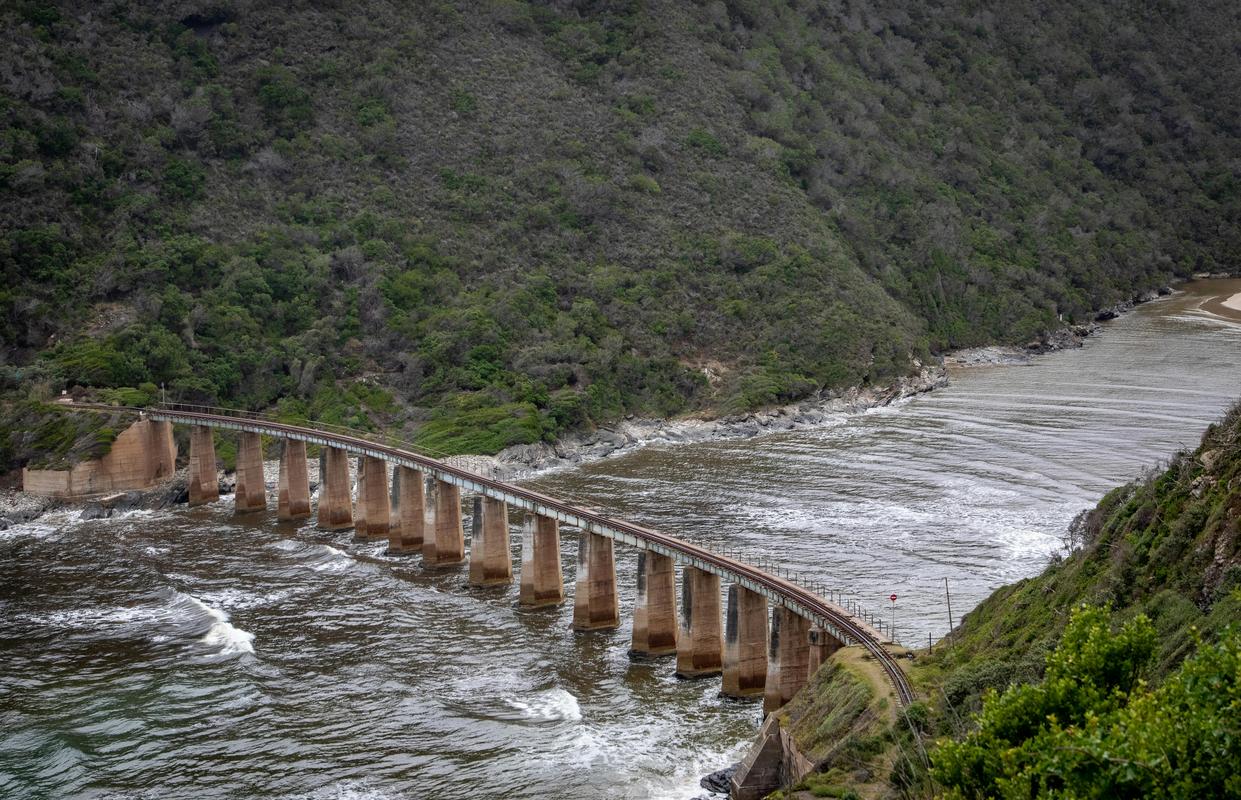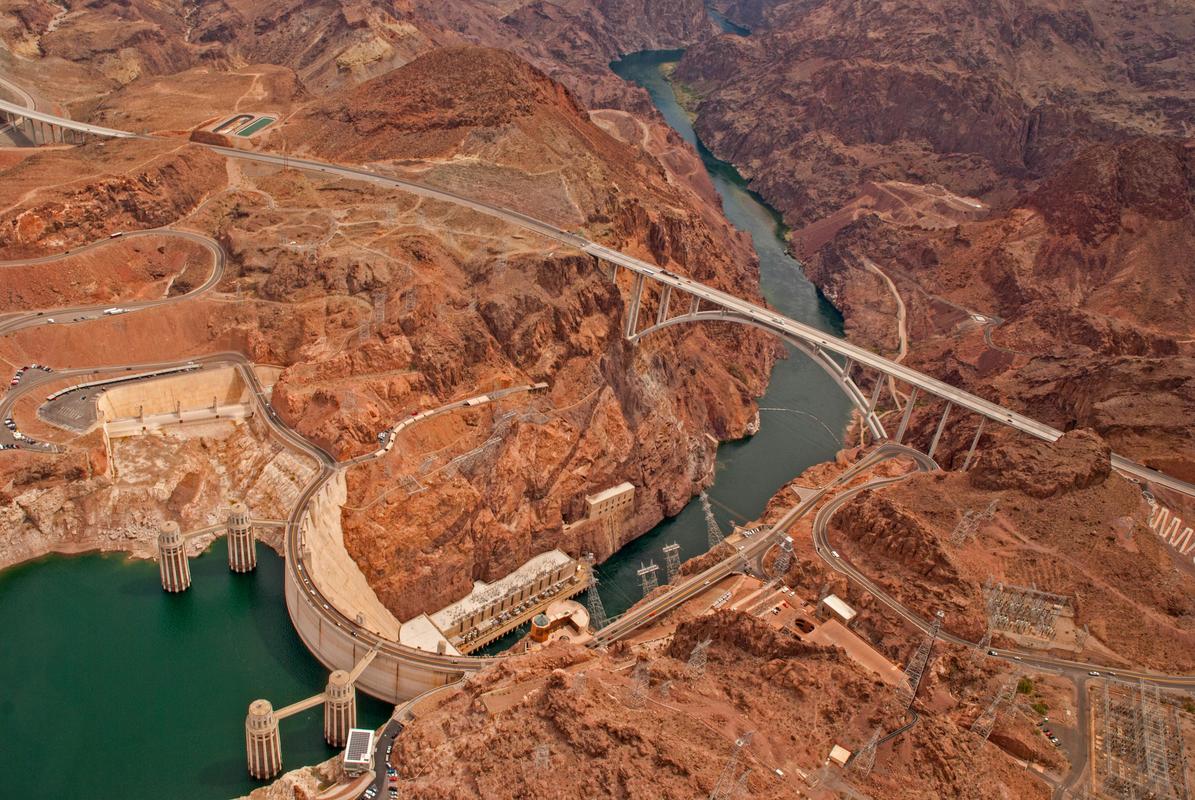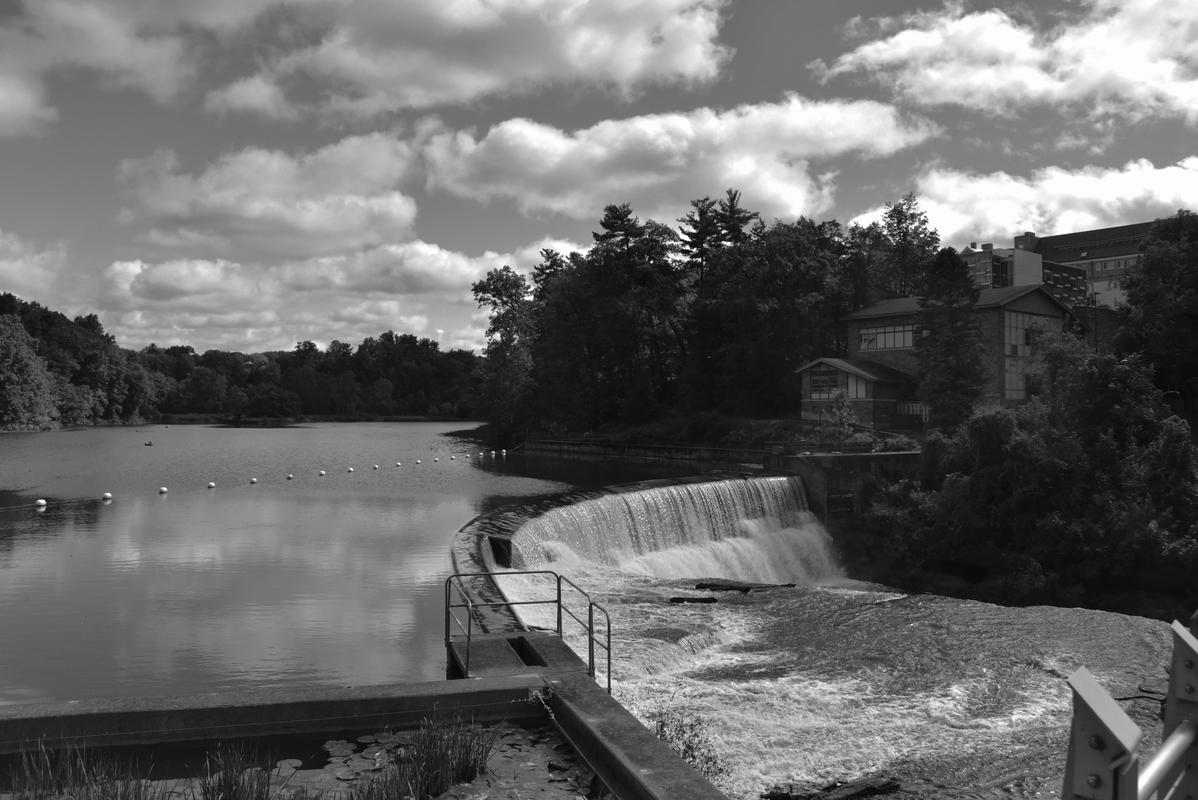Introduction to the Causes of Water Shortage: An Overview
Water scarcity is a big global issue that impacts millions of people around the world. The reasons for this crisis are complex, but understanding them is key to finding effective solutions.
One of the main causes of water shortage is climate change. As global temperatures go up, the NRDC estimates that renewable water resources could decrease by 20% for every 1°C increase. This, along with the growing global population and increasing demand for water, is putting a lot of pressure on the world’s freshwater supplies. Alarmingly, nearly 4 billion people already don’t have enough water for at least one month per year, and the situation is getting worse.
Adding to the problem is the fact that human activities have messed up the natural water cycle. The IPBES warns that a time of mass species extinction could threaten human existence if we don’t protect and restore vital ecosystems. Extreme weather events, like droughts, floods, and heat waves, are also becoming more common and severe, making the strain on water resources even worse.
Another big factor is how we use water. Globally, 70% of freshwater withdrawals are for food production, and the NRDC reports that 80% of the world’s wastewater is dumped back into the ecosystem untreated. This not only wastes valuable resources but also pollutes water sources, leading to serious health issues, with an estimated 1 million deaths per year due to water pollution.
Dealing with the water crisis requires a multi-faceted approach. Luckily, there are solutions that have proven effective, such as improving water-use efficiency, investing in water treatment and recycling, and protecting and restoring natural ecosystems. By taking action now, we can ensure a sustainable water future for generations to come. 1 2
Natural Factors Contributing to Water Shortage
The world’s water resources are facing a lot of pressure, with a growing population and economic development leading to a huge demand. While human activities play a big role, we can’t ignore the natural factors that also contribute to water scarcity.
One major issue is groundwater depletion, which is affecting many regions around the world. Unsustainable extraction of groundwater for farming and cities has left over 1.2 billion people dealing with not having enough water. This is made worse by the fact that more than a quarter of the world’s population and 40% of global agriculture rely on these shrinking groundwater supplies.
Conflicts driven by drought also add to water shortages. When water is scarce, competition for it can lead to tensions and even violence, making it harder for people to access water. Ecological damage is another important factor, happening when water-dependent ecosystems are harmed, reducing the natural renewal of freshwater sources.
Water is the most extracted natural resource globally, with over 4 trillion m3 taken out each year, and agriculture uses almost 70% of it.
Dealing with these natural factors needs a multi-pronged approach. Improving irrigation methods, expanding sustainable farming practices, and cutting down on food waste can really help with water scarcity in agriculture. Also, investing in technologies like solar-powered desalination can offer other water sources, easing the pressure on freshwater supplies.
By understanding the mix of natural and human factors causing water shortages, we can come up with better and more holistic solutions to ensure a sustainable water future for everyone. 3 4
 Photo by Magda Ehlers on Pexels
Photo by Magda Ehlers on Pexels
Human Activities Leading to Water Scarcity
One of the main reasons for water scarcity is the growing population. As more and more people inhabit the planet, the need for water has shot up, putting pressure on limited water resources. This is especially noticeable in areas where there isn’t enough investment in infrastructure and technology to access and distribute water effectively.
Changes in how we live and what we eat also play a role in the issue. With higher living standards and more irrigated agriculture, water consumption has gone up, making the situation worse. Climate change, deforestation, and water pollution add to the problem by disrupting the natural water cycle and reducing the availability of clean water.
The impact of water scarcity is widespread, with half a billion people facing severe water scarcity all year round and around four billion experiencing it for at least one month annually. This crisis hits the most vulnerable populations the hardest, especially in Sub-Saharan Africa, where there isn’t enough investment in water infrastructure.
To tackle this urgent issue, we need to:
- Invest in water infrastructure and technology to improve access and distribution
- Encourage water conservation and efficient use, especially in agriculture
- Find new sources of usable water through wastewater treatment and desalination
- Foster international cooperation and management frameworks for shared water resources
- Raise awareness and educate the public on the importance of water conservation
By taking these steps, we can work towards a more sustainable and fair future, where everyone has access to the clean water they need to thrive. 5 6
Effective Solutions to Combat Water Shortage
Access to clean, reliable water is a basic human need, yet millions around the world struggle to secure this essential resource. Water scarcity is a big global issue, with over a billion people lacking access to safe drinking water. The consequences are serious, contributing to the cycle of poverty and leading to devastating health issues and even mass migration as people flee water-starved areas.
Luckily, there are effective solutions to tackle this crisis. One promising approach is rainwater harvesting, a simple yet impactful solution for regions that get a lot of rain. By collecting and storing rainwater, communities can establish a reliable, sustainable water source, reducing their reliance on scarce groundwater or contaminated surface water.
Wastewater and groundwater reclamation also have great potential. Through advanced treatment and purification processes, these alternative water sources can be made safe for domestic, agricultural, and industrial use, easing the strain on freshwater supplies. Organizations like Healing Waters International are leading the way, providing affordable water treatment equipment and training to help communities manage their own water businesses.
Improving water management practices is another crucial step. Outdated infrastructure, inefficient irrigation methods, and pollution all contribute to water scarcity. By investing in modern, efficient systems and promoting sustainable water use, communities can dramatically improve water security. In California, for instance, experts recommend using already approved bonds, increasing water recycling, and developing flow standards to protect fisheries and boost supply reliability.
Addressing the water crisis requires a multifaceted approach, but the solutions are within reach. By using innovative technologies, empowering local communities, and implementing smart water management strategies, we can ensure that clean, accessible water becomes a reality for all. 7 8
 Photo by Siora Photography Plwpln on Unsplash
Photo by Siora Photography Plwpln on Unsplash
References
-
“Nature And Causes Global Water Crisis” - hydro.stanford.edu ↩
-
“Water Scarcity” - en.wikipedia.org ↩

 Photo by
Photo by